A Rare Case of 15q11.2 Microdeletion Syndrome with Atypical Features: Diagnostic Dilemma
- PMID: 30648076
- PMCID: PMC6324868
- DOI: 10.7759/cureus.3543
A Rare Case of 15q11.2 Microdeletion Syndrome with Atypical Features: Diagnostic Dilemma
Abstract
Burnside Butler syndrome or 15q11.2 microdeletion syndrome is a relatively rare chromosomal abnormality that is recently being recognized. Current diagnostic techniques like chromosomal microarray analysis (CMA) have profoundly contributed to currently reported cases. The diagnostic dilemma is that prenatal screening and karyotype analysis typically yield unclear results. We would like to emphasize the importance of taking a detailed family history, knowing the classic clinical features, and using CMA to help diagnose this syndrome. We present an eight-year-old Caucasian female with a past medical history of intrauterine growth restriction, microcephaly, a high arched palate, speech delay, and a learning disability with recurrent bleeding from the eyes and oral cavity. The bleeding co-occurs whenever she develops the common cold.
Keywords: 15q11.2 microdeletion syndrome; chromosomal microarray analysis; microdeletion syndrome.
Conflict of interest statement
The authors have declared that no competing interests exist.
Figures
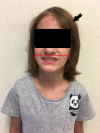
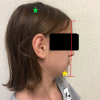

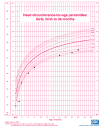
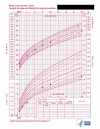
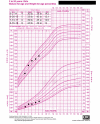
References
-
- Familial total anomalous pulmonary venous return with 15q11. 2 (BP1-BP2) microdeletion. Kuroda Y, Ohashi I, Naruto T, et al. J Hum Genet. 2018;63:1185–1188. - PubMed
-
- 15q11. 2 microdeletion (BP1-BP2) and developmental delay, behaviour issues, epilepsy and congenital heart disease: a series of 52 patients. Vanlerberghe C, Petit F, Malan V, et al. Eur J Med Genet. 2015;58:140–147. - PubMed
Publication types
LinkOut - more resources
Full Text Sources
Molecular Biology Databases
Miscellaneous
